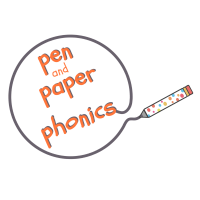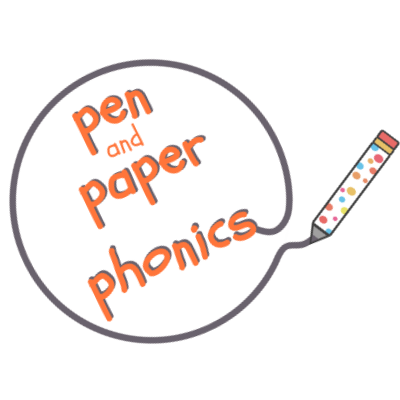This ‘Compound words with a bouncing ball is a simple but very effective phonics game. All you need is a ball, and some flashcards. Here we are using this game to teach compound words, but it can be adapted to teach lots of different phonics content.
Compound words are words that are made up of two different words. For example, ‘bed’ and ‘room’ are two separate words, with different meanings. But when you put them together – ‘bedroom’ – they take on a new meaning. Learning about compound words helps children to read longer two syllable words with greater ease.
Compound Words with a Bouncing Ball Activity
What you will need:

- Flashcards with the parts of compound words written on them (you can scroll to the bottom of this post for a list of words to use).
- A ball. One that bounces slightly is best, like a foam ball or a rubber ball.
How to play:

- Read through all of the flash cards first. It is important that your child reads them first, because if they cannot yet read the word, then this activity is not for them. So, read the words and make sure that your child understands the meaning of the words.
- When you are ready to play this compound words with a bouncing ball activity, spread the cards out across the floor, with the words facing upwards.
- Call out a compound word, such as ‘uphill’.
- You child repeats the whole word, then bounces the ball on the first part of the word (saying that word) and back to themselves, and then on the second part (again, saying that word).
- Say the word one more time, clapping or jumping each time you say each word. This will reinforce the concept of the two syllables in the compound word.
- Repeat until you have done all the words.
- You might want to swap places then, and your child reads the list of words, while you bounce the ball. This will give them practice in reading the word as a whole.
Is this compound word bouncing ball activity right for your child?
Sometimes, it can be difficult to know if an activity will be helpful for your child or student. For this activity, the questions below might help:
- Are they reading three and four letter, one syllable words confidently? For example, ‘hot’, ‘map’, ‘run’.
- Can they read blends at the beginning and at the end of words? For example ‘frog’, ‘fast’.
- Are they reading some digraphs? For example, do they know that ‘ch’ makes the sound at the beginning of ‘choose’.
- Do they understand the concept of syllables? They might not know the word ‘syllable’ but if they can clap out the syllables in their name, for example, then they probably understand that words can be broken down into ‘chunks’.
If the answer is ‘yes’ to these questions, then this compound words with a bouncing ball activity will be a great way to teach or reinforce compound words
To note
Not every game or activity goes to plan! Here are some things to watch out for:
- As with any game involving balls that bounce, things can get out of hand, especially if the child does not catch the ball after bouncing it! A few ground rules before you start can often help to set out behavioral expectations. You could also put the ball away and jump to the words instead.
- You can make nonsense words. This is not too much of a problem, as playing around with sounds and words is often a beneficial activity. You can also draw attention to the fact that some of the words you make mean something, and others don’t.
How to adapt
- Choose any two words to bounce to, and see what words you can make up
- As mentioned above, you don’t have to use a ball. You could jump or run between the words.
- Take it outside. This is a great one for taking outside. You could write the words in chalk and throw the ball at them, or you could replace the ball for water bombs or wet paper towels!
Here’s how it looked when I did it in ‘real life’!



